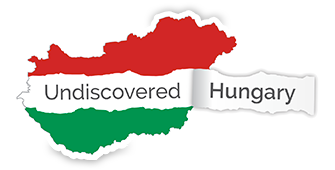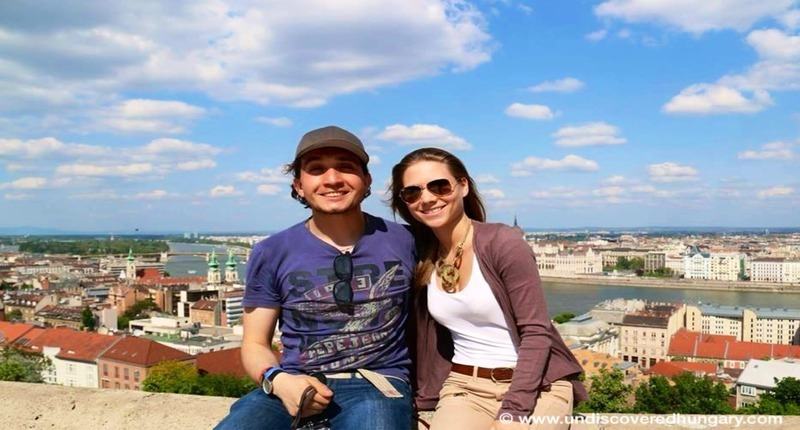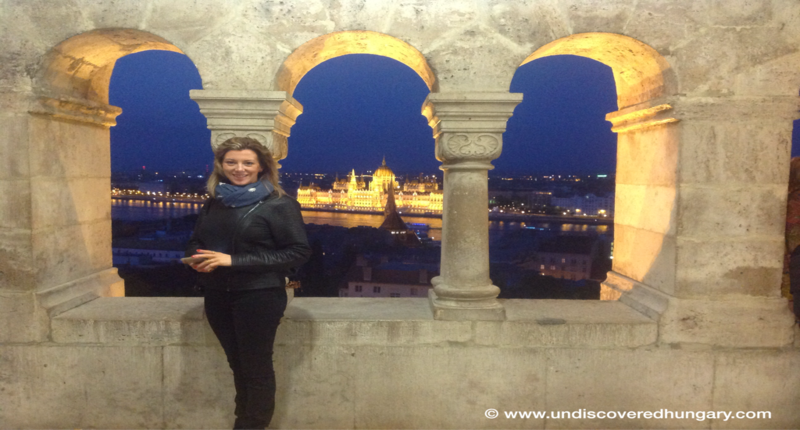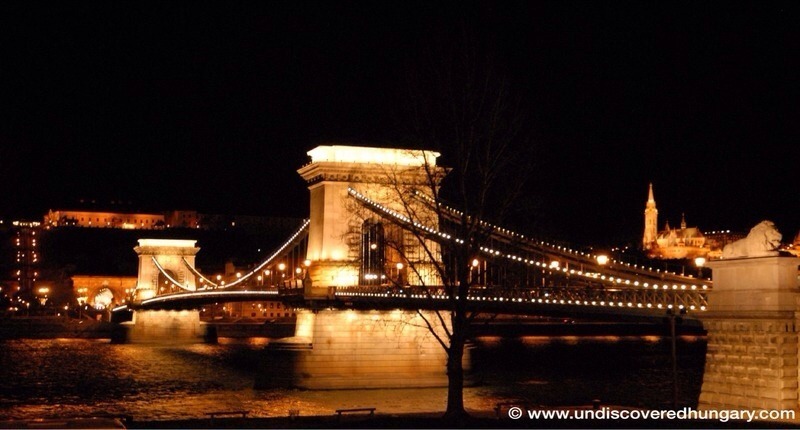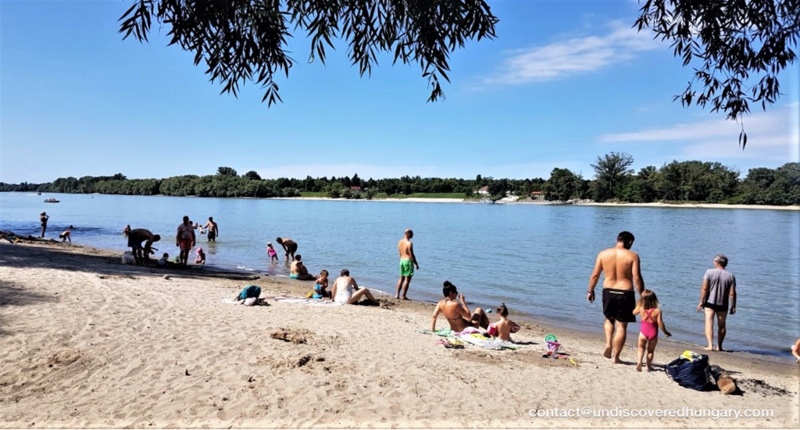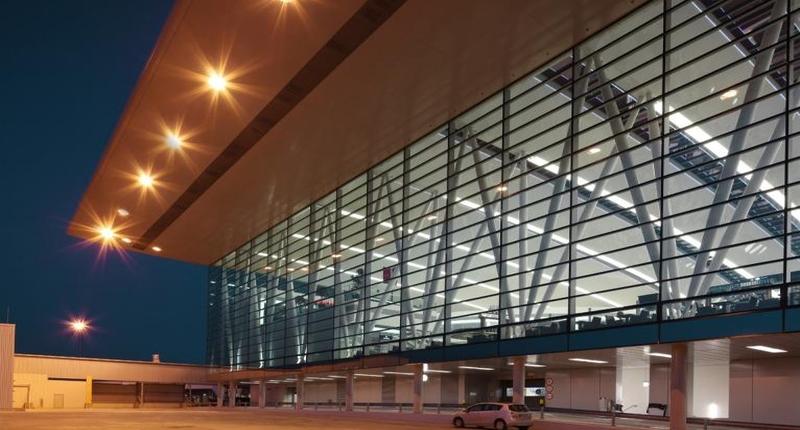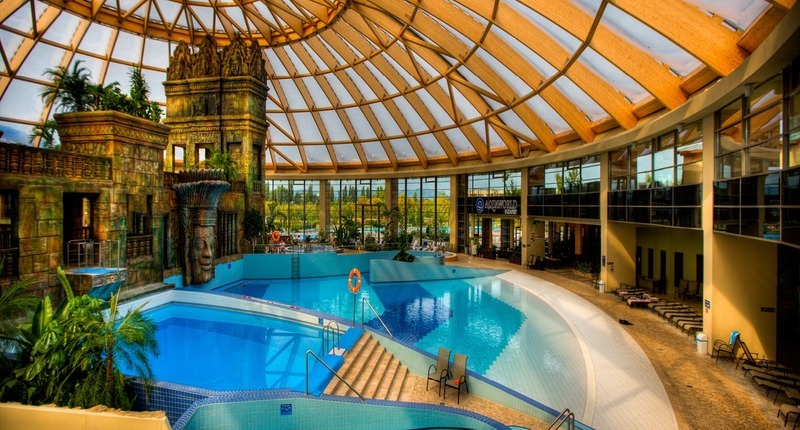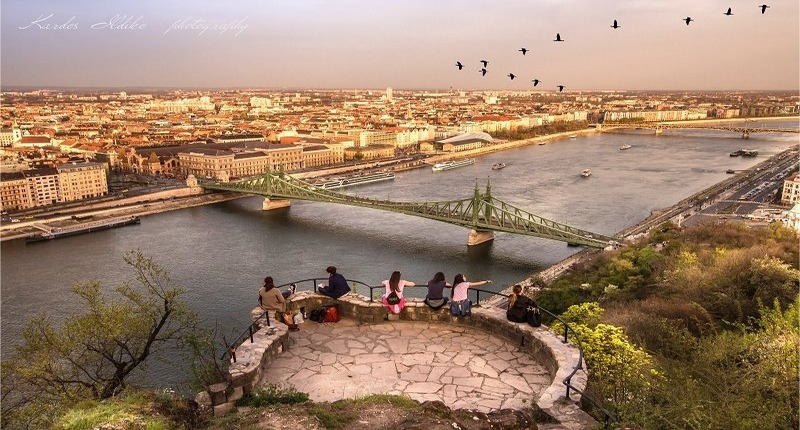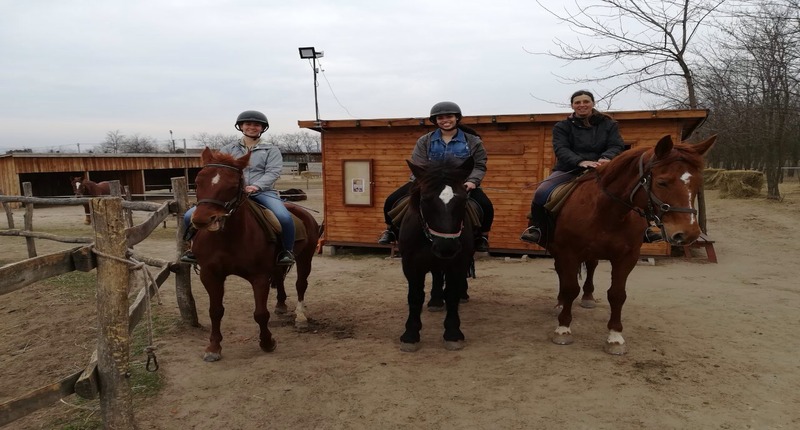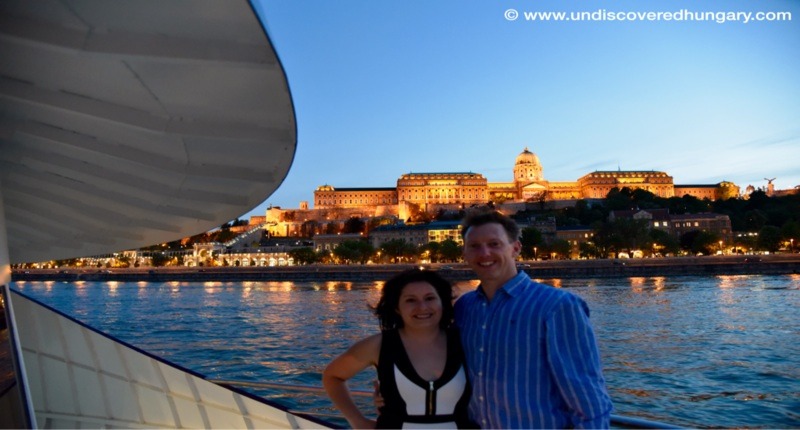Budapest
More information
Budapest never fails to delight its visitors and surely everyone will find what they are looking for. Packed with castles, baths and caves it is surely one of the most exciting capitals in Europe. Budapest became a single city occupying both banks of the river Danube on 17 November 1873 with the unification of Buda Óbuda and Pest. Buda is the historic and hilly, Pest is the more lively and busy part of the city. It is often called the Paris of the East because of its romantic river cruises and picturesque setting.
Just to name a few sites that cannot be missed: Buda Castle District, Citadel, Chain Bridge, the unique Turkish baths,Vaci Utca shopping street, Margaret Island, City Park. You can read more about these places on our website individually or write to us if you wish to sign up for any of our Budapest guided tours: contact@undiscoveredhungary.com
The history of Budapest began with Aquincum (you can see the ruins today) originally a Celtic settlement that became the Roman capital of Lower Pannonia. Hungarians arrived in the territory in the 9th century. Their first settlement was ransacked by the Mongols in 1241–42. The re-established town became one of the centres of Renaissance humanist culture in the 15th century. Following the Battle of Mohács and nearly 150 years of Ottoman rule the region entered a new age of prosperity in the 18th and 19th centuries, and Budapest became a global city after the 1873 unification. It also became the second capital of the Austro-Hungarian Empire, a great power that dissolved in 1918, following World War I. Budapest was the focal point of the Hungarian Revolution of 1848, the Hungarian Republic of Councils of 1919, Operation Panzerfaust in 1944, the Battle of Budapest in 1945, and the Revolution of 1956.
For ideas on accommodation and prices in the city click "book now". You don't have to pay in advance but when you arrive.
